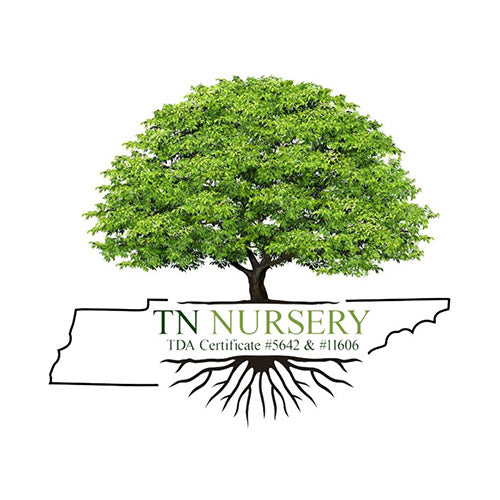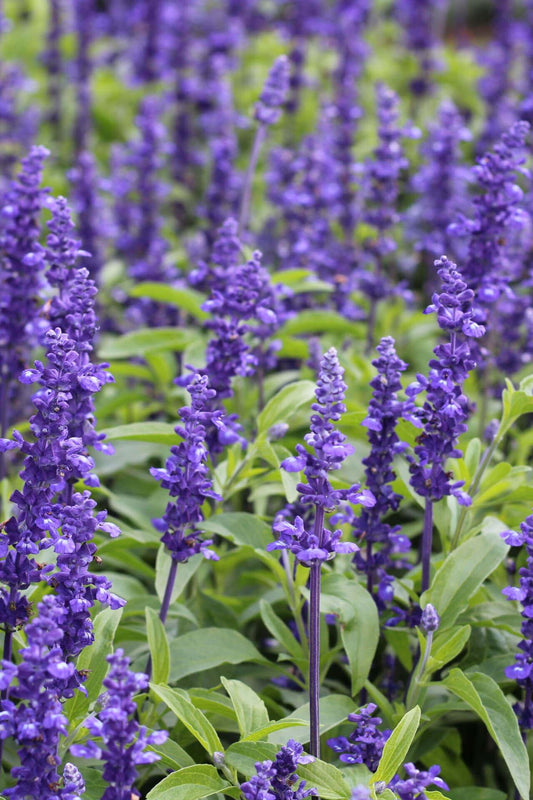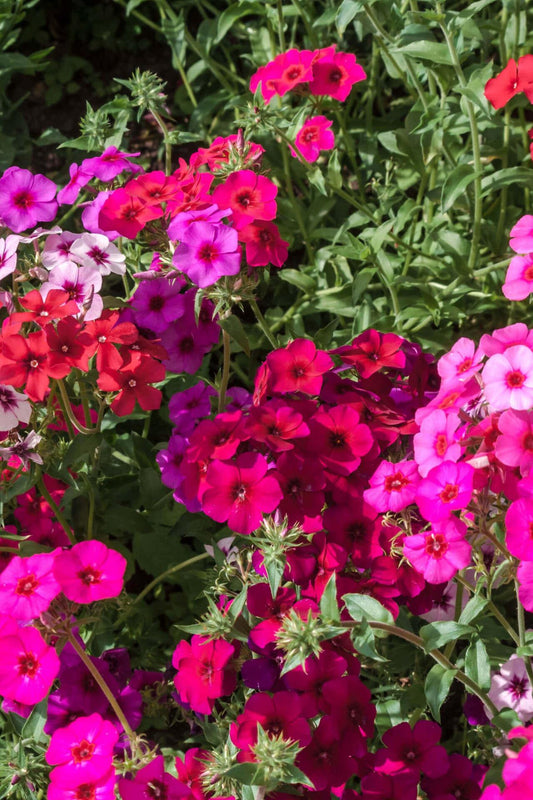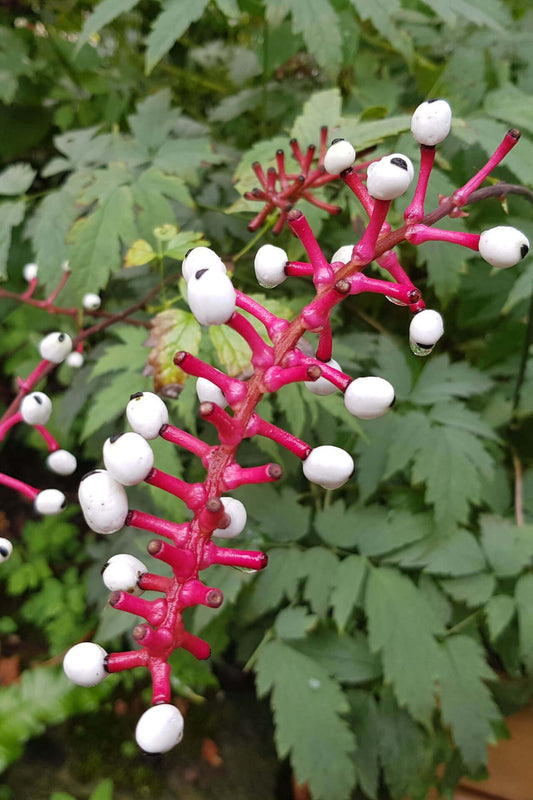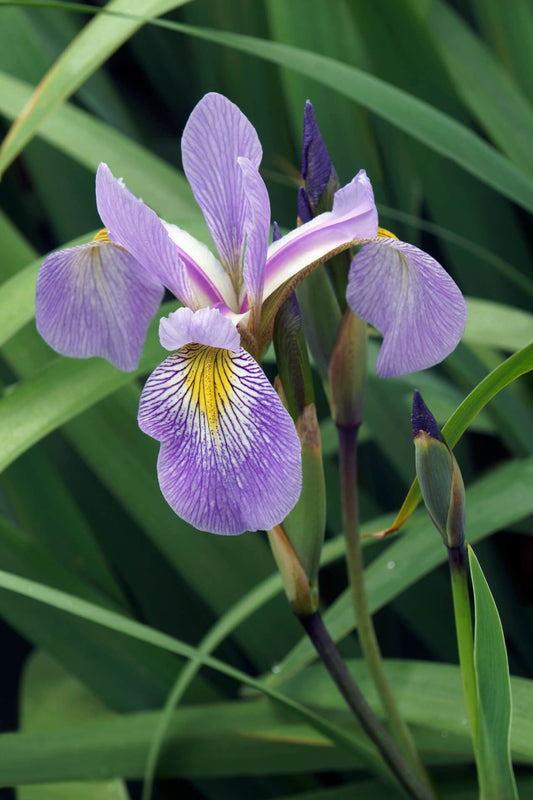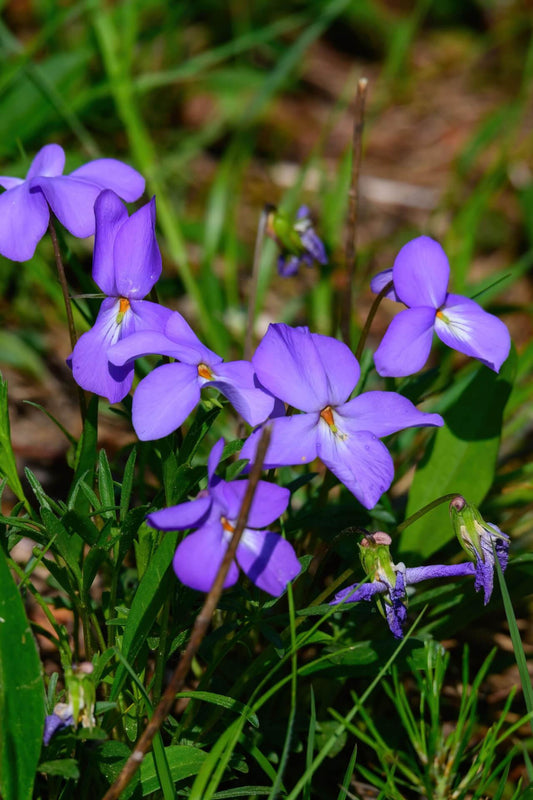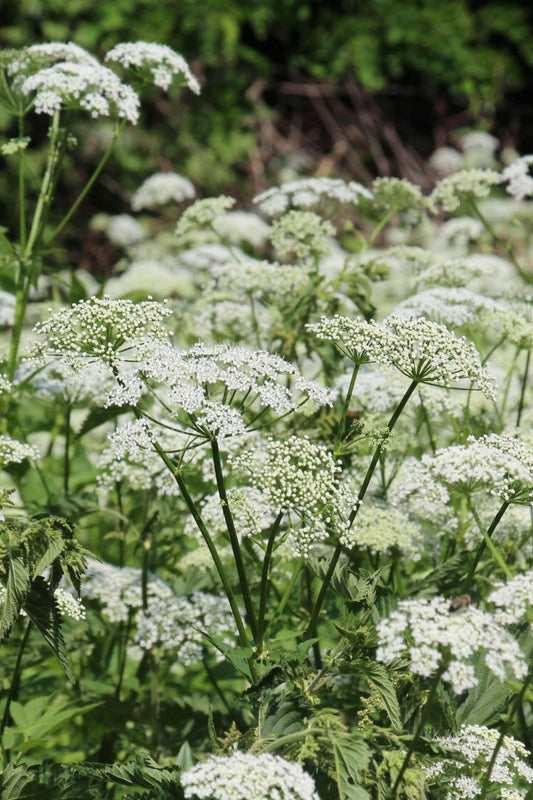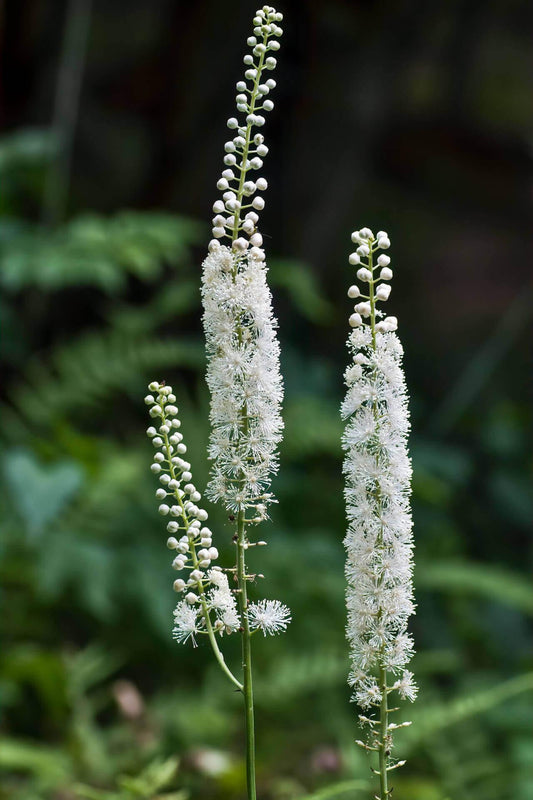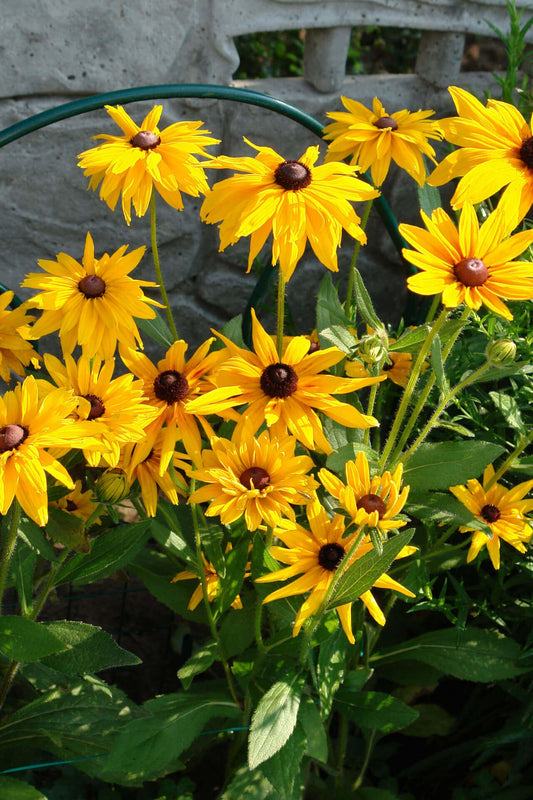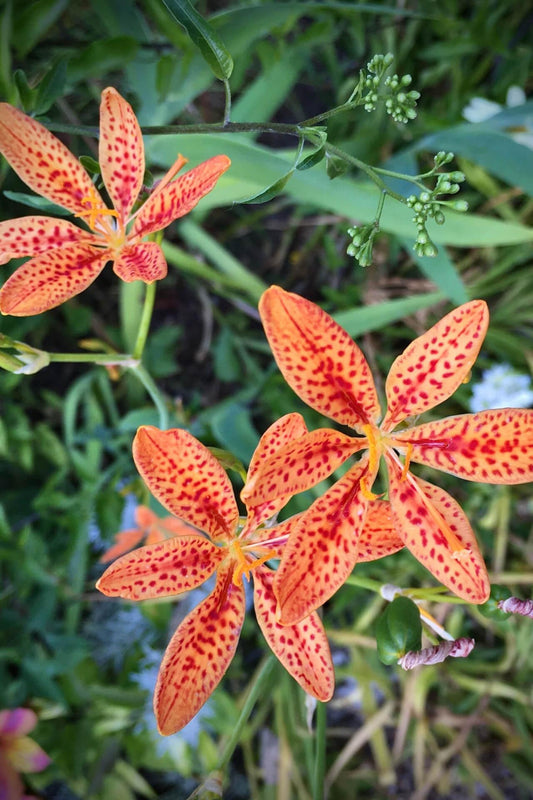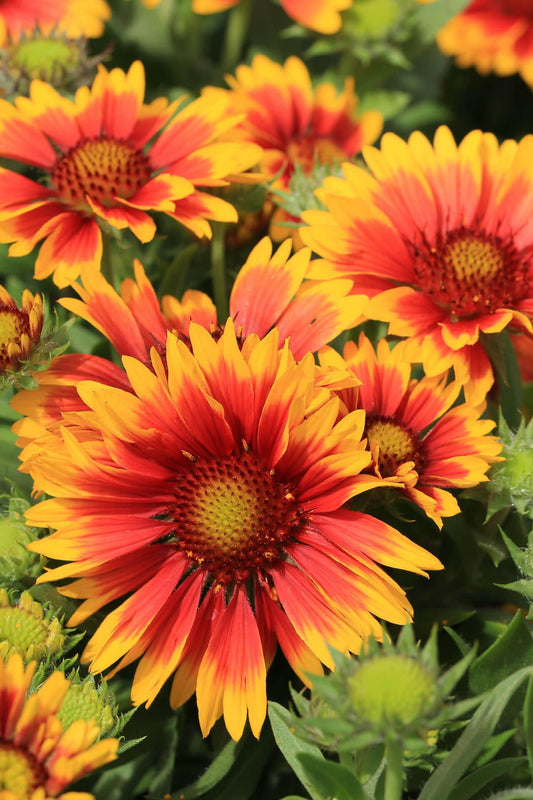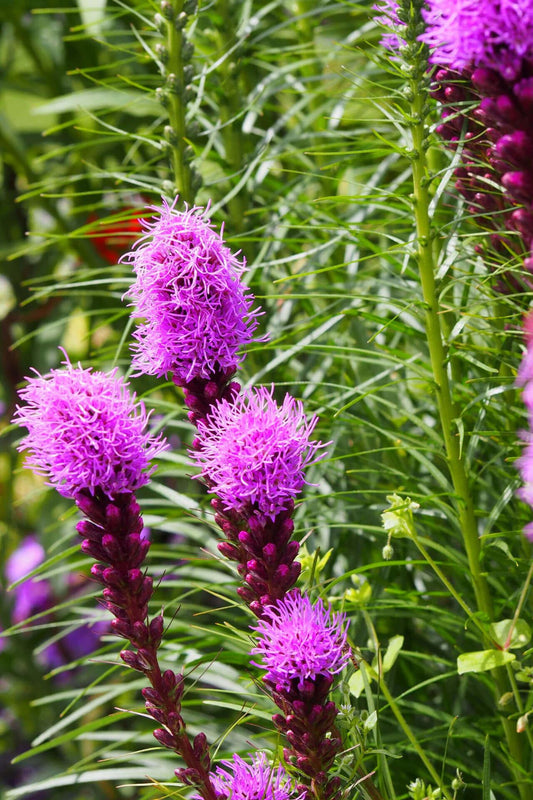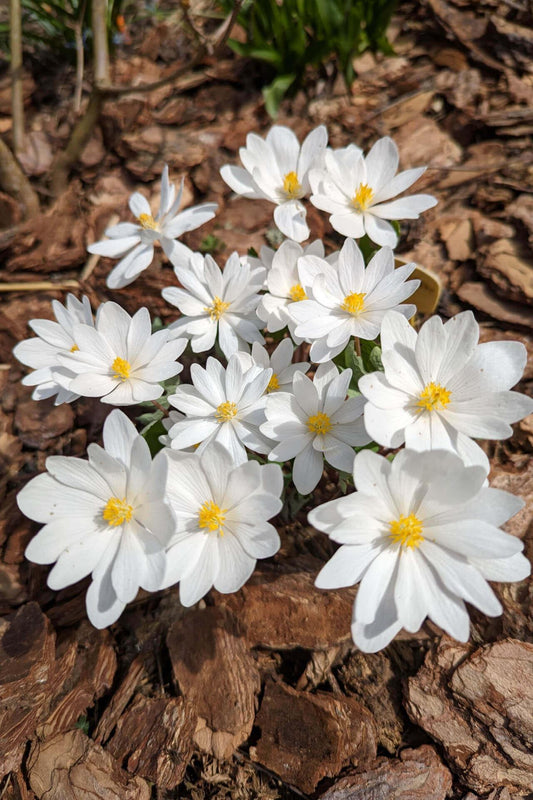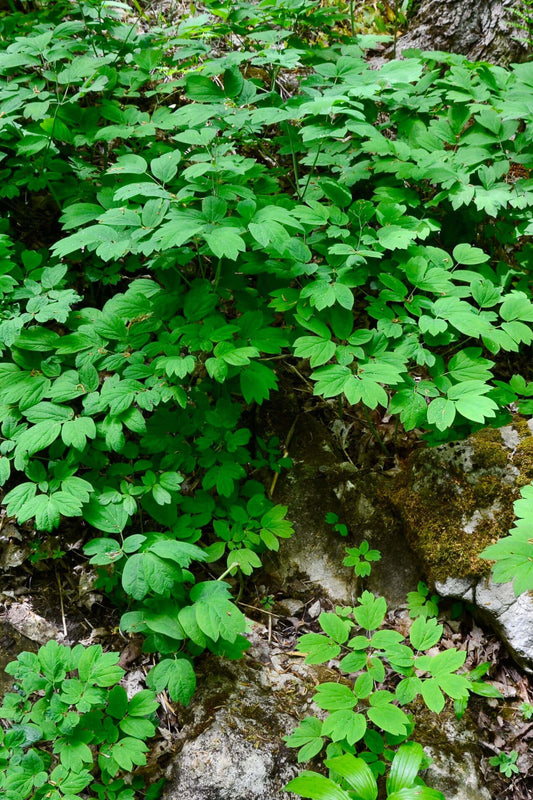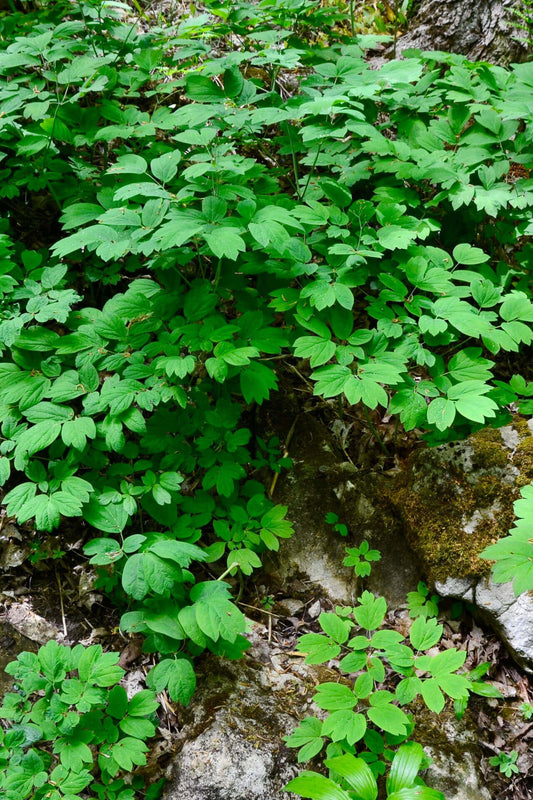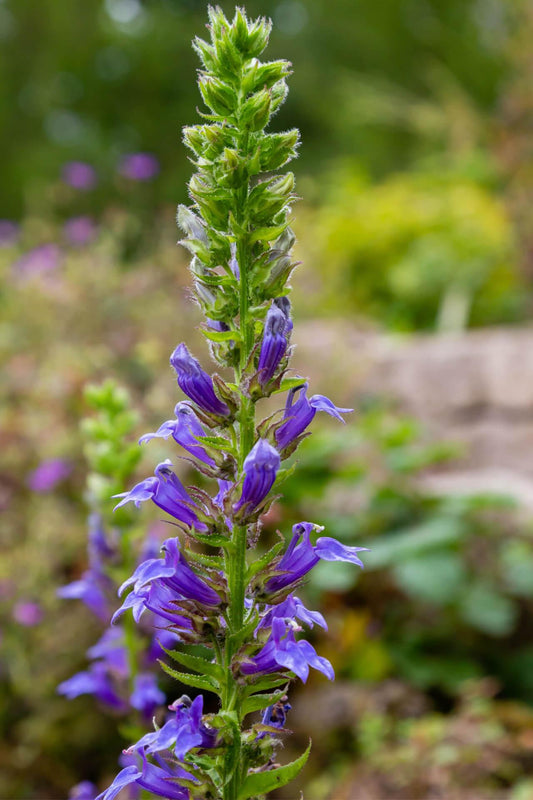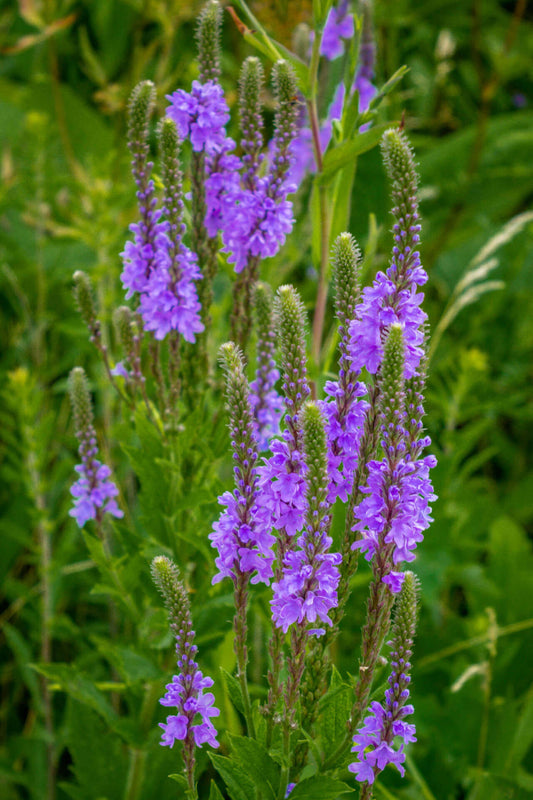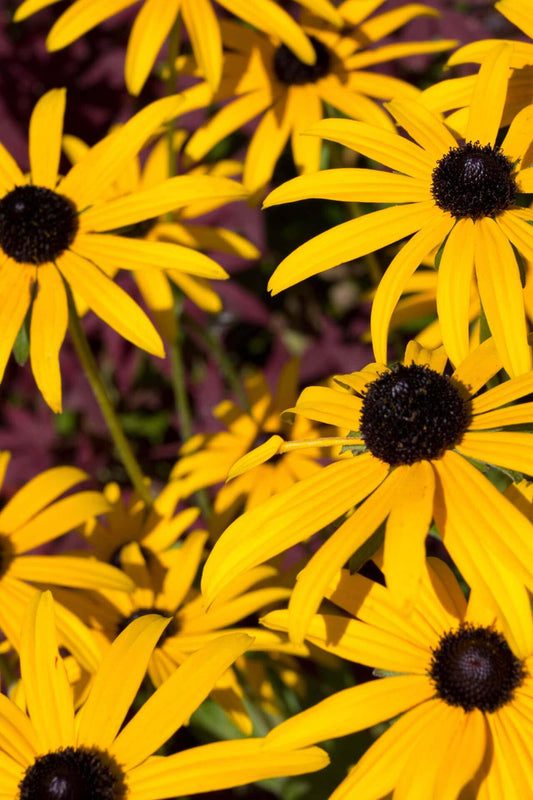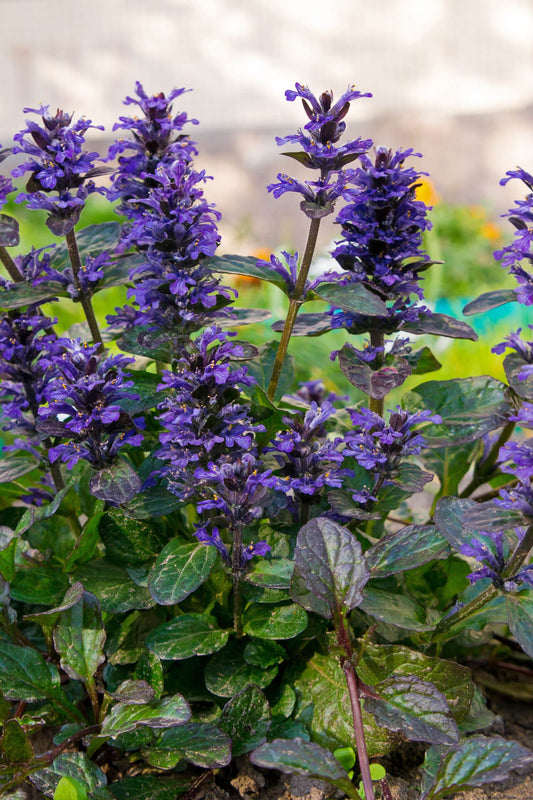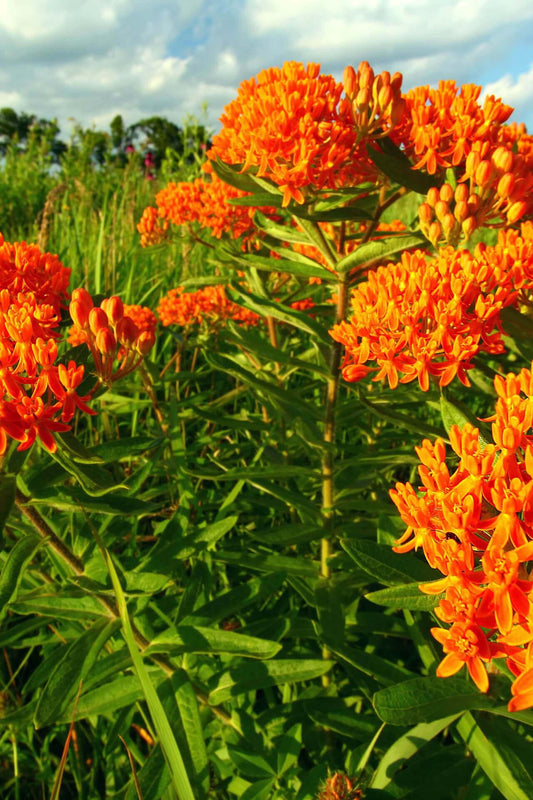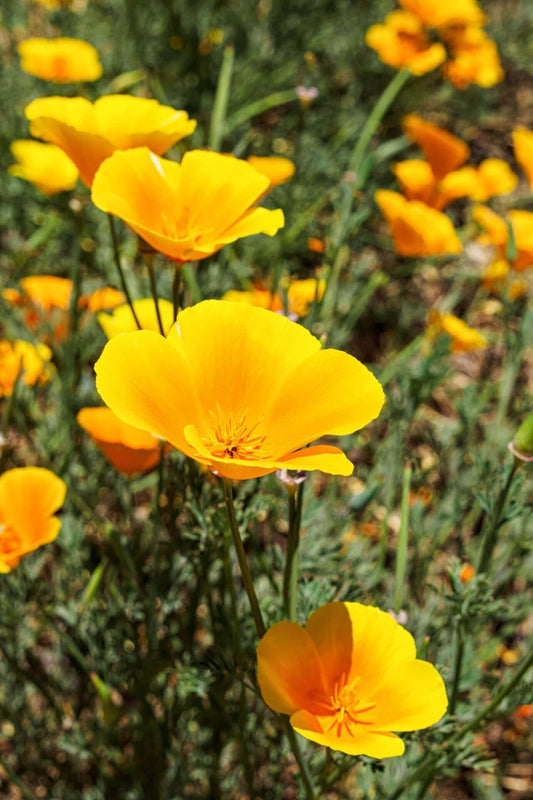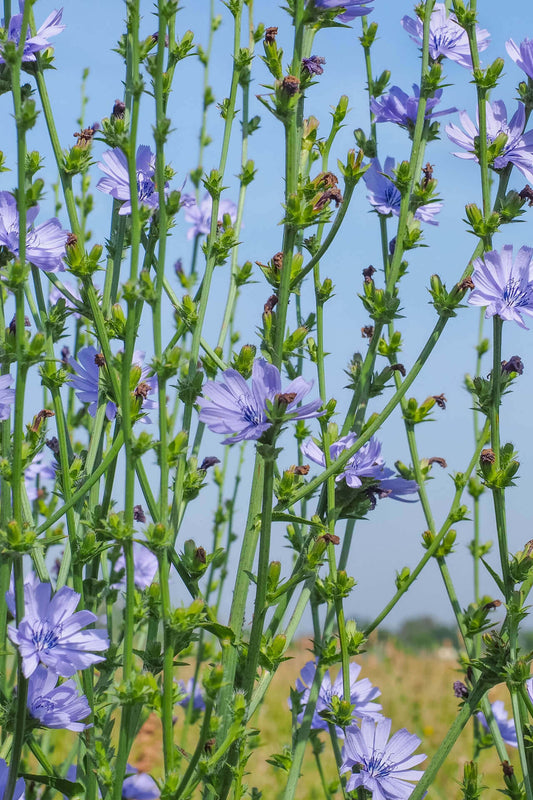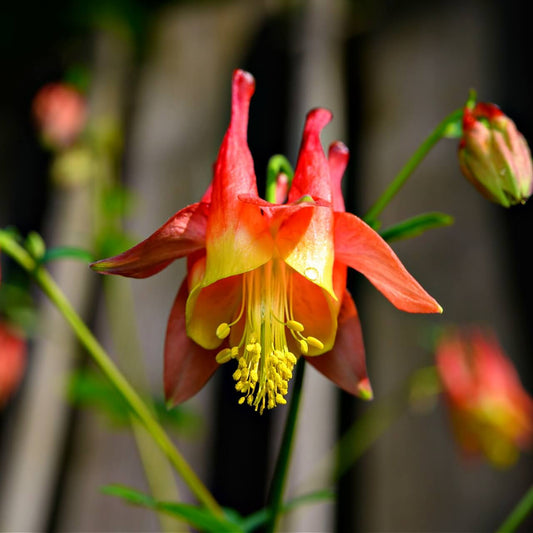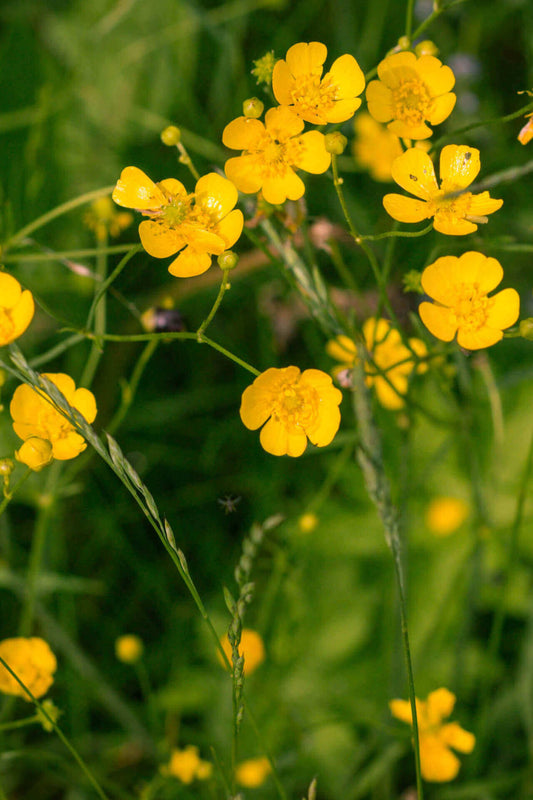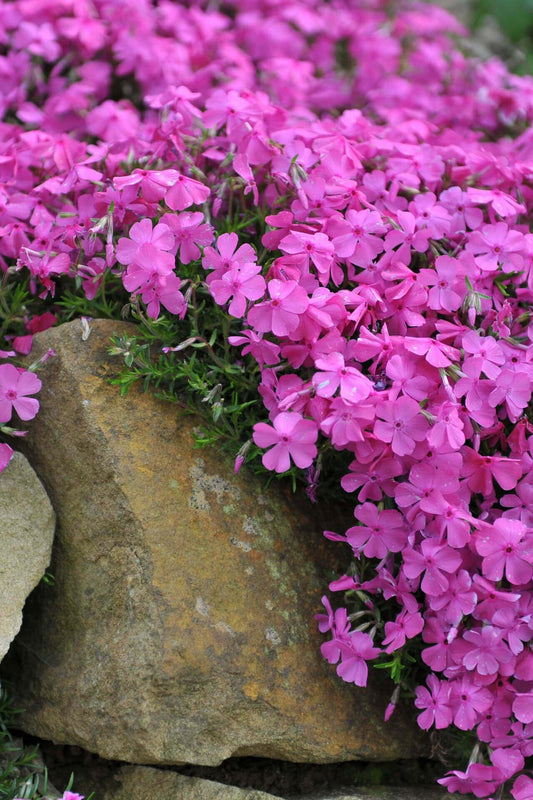✨ Buy One, Get One Free ✨
Detailed Description
Perennials are plants with a long life span, often living for several years
Easy Perennial Choices in Gardens When adding perennial plants to your garden, it is essential to choose wisely. We will discuss some of the most accessible perennial choices that you can make for your garden. These plants will be low maintenance and easy to keep alive.
Daffodils are one of the easiest perennials to care for
They grow well in most soils and climates, requiring very little main...
Perennials are plants with a long life span, often living for several years
Easy Perennial Choices in Gardens When adding perennial plants to your garden, it is essential to choose wisely. We will discuss some of the most accessible perennial choices that you can make for your garden. These plants will be low maintenance and easy to keep alive.
Daffodils are one of the easiest perennials to care for
They grow well in most soils and climates, requiring very little maintenance. Just make sure to plant them in a spot where they will get plenty of sun, and you will be able to enjoy their cheerful blooms for many years to come.
Buttercups are easy perennials to Grow
They grow well in both sun and shade, and they require very little water once they are established. They also come in a variety of colors, shapes, and sizes.
Solomans Seal Soloman’s seal is an excellent choice because it offers beautiful leaves in addition to spectacular blooms. It grows well in partial shade, so if you have a spot that gets sun but not direct sunlight all day long, then Solomon’s seal could be the perfect plant for you.
Dutchman Breeches - One of the Most Rare Perennials In a Garden
Dutchman’s breeches are another shade-loving perennial that is easy to care for. They produce beautiful bell-shaped flowers in the spring, and they will continue to bloom until late summer. Dutchman breeches also grow well in most soils, so you don’t have to worry about them not adapting.
Orange Daylily - A Along Blooming Perennial Favorite
Orange daylily is an easy-to-grow perennial bloom in the early summer and provides bright orange flowers to liven up any garden. Daylilies only need partial shade, so they are a great choice if you have a spot in your yard that gets some sun but not all day long. Conclusion When choosing perennials for your garden, it is essential to select low-maintenance plants and easy to care for. These five plants are perfect examples of perennials that will thrive with little effort from you. So go ahead and add them to your garden this year – you won’t regret it.
